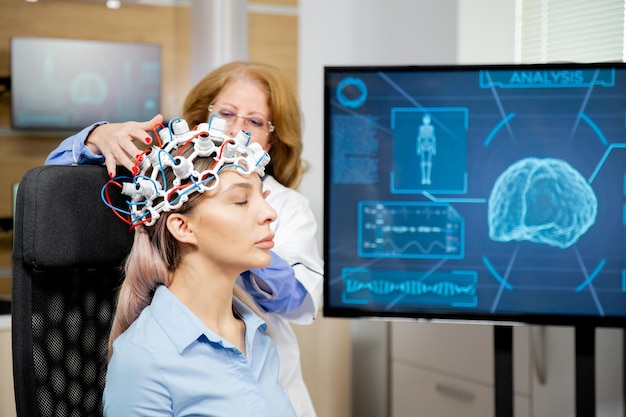New research reveals distinct pathways linking ADHD symptoms to cannabis-related harms—offering insights for prevention and support.
A growing body of research is uncovering the complex relationship between Attention-Deficit/Hyperactivity Disorder (ADHD) and cannabis use, particularly among adolescents and young adults. While it's long been known that individuals with ADHD are more likely to use cannabis, new findings suggest that specific ADHD symptoms—inattention and hyperactivity—are linked to different patterns of use and distinct types of harm.
Recent studies highlight a crucial distinction: inattention symptoms are strongly associated with functional cannabis-related harms, such as academic difficulties and memory blackouts, while hyperactivity symptoms correlate more closely with heavier use and increased risk of dependence. This divergence points to unique risk pathways that could reshape how we approach prevention, education, and treatment.
ADHD affects approximately 5–7% of children and adolescents globally, with many carrying symptoms into adulthood. Characterized by persistent patterns of inattention, hyperactivity, and impulsivity, ADHD can interfere with learning, social functioning, and emotional regulation. At the same time, cannabis use among youth has risen in recent years, especially in regions where legalization has increased accessibility.
Studies consistently show that individuals with ADHD are more likely to experiment with and regularly use cannabis than their neurotypical peers. However, until recently, researchers treated ADHD as a single condition when examining substance use outcomes. The new data suggests that breaking down ADHD into its core symptom domains provides a clearer, more actionable picture.

Neuroimaging reveals differences in brain activity associated with ADHD symptoms.
Inattention—manifested as difficulty focusing, forgetfulness, and poor task organization—is now linked to functional impairments related to cannabis use. Young people with pronounced inattention symptoms who use cannabis are more likely to experience:
These outcomes are not necessarily tied to the frequency or quantity of cannabis use, but rather to how the substance interacts with pre-existing cognitive vulnerabilities. For instance, cannabis can impair working memory and executive function—skills already compromised in those with inattention. This double burden may amplify functional decline, even with light or occasional use.
In contrast, hyperactivity and impulsivity—traits involving restlessness, difficulty staying seated, and acting without forethought—are more strongly associated with patterns of heavier cannabis use and a higher risk of developing cannabis use disorder (CUD).
Individuals with these symptoms may use cannabis more frequently and in larger amounts, potentially as a form of self-medication to calm internal restlessness. However, this coping strategy can backfire, increasing tolerance and dependence over time. Research shows that hyperactive-impulsive traits predict earlier onset of use, more frequent consumption, and greater difficulty cutting down—even when negative consequences arise.

Different ADHD symptoms correlate with distinct cannabis use behaviors.
Understanding these separate pathways has important implications for both clinical practice and public health:
Recognizing that inattention and hyperactivity lead to different risks allows for more personalized prevention strategies. For example, students struggling with focus may benefit from academic support and cognitive training rather than substance use education alone. Meanwhile, those with impulsive tendencies might need behavioral therapies focused on self-regulation and delay of gratification.
Schools and healthcare providers can use symptom-specific screening tools to identify at-risk youth. Monitoring for academic decline in inattentive students or tracking frequency of use in hyperactive individuals can help catch problems early.
Framing cannabis use through the lens of symptom-specific risk—rather than moral failure or poor choices—can reduce stigma and encourage help-seeking. It reinforces the idea that substance use in ADHD is often a symptom of deeper neurocognitive challenges.
While this research advances our understanding, more longitudinal studies are needed to confirm causal relationships and evaluate intervention effectiveness. Future work should also explore how other factors—such as co-occurring anxiety, trauma, or access to ADHD treatment—influence these pathways.
As cannabis becomes more normalized, it's essential to move beyond one-size-fits-all messaging. By recognizing that ADHD is not a monolith, we can develop smarter, more compassionate strategies to support those at risk.
Understanding the nuances of ADHD and cannabis use empowers educators, clinicians, and families to intervene earlier and more effectively.

Health

Health

Health

Health

Health

Fitness

Health

Health